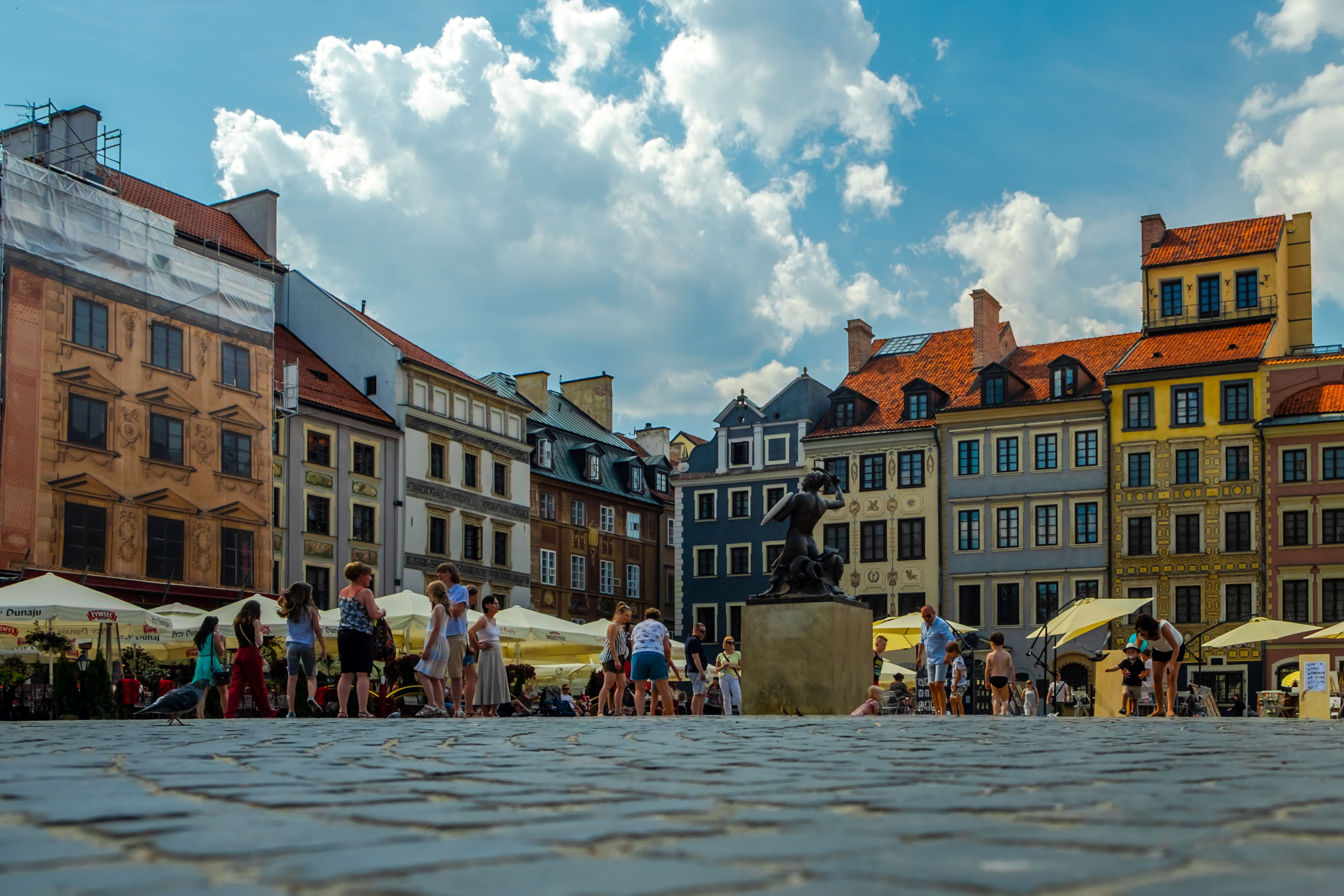One phrase: It would be a banality to say that cuisine reflects our culture but a closer historical and cultural insight into the “polish culinary universe” can say a lot about the country.
What does Polish cuisine mean abroad in Portugal on the other end of Europe? Probably not so much, as it’s neither so exquisite as French cuisine nor so widespread as Italian but, without any doubt, it has some unique landmarks. For example, the absolute crème de la crème of Polish cuisine is “pierogi” (dumplings) which can be described as bigger Italian tortellini in a half-moon shape with numerous types of fillings varying from strawberries to potatoes.
It would be a banality to say that cuisine reflects our culture but a closer historical and cultural insight into the „polish culinary universe” can say a lot about the country. National cuisine is created by many elements, among others, it’s influenced by geographical and historical factors.
Polish climate, without any doubt, had key importance for eating habits. As winters in Poland used to be harsh, ingredients which could be stored for several months like pea, broad bean, cabbage, or turnip played a great role. Consequently, they used to prepare, for example, “kapusta kiszona”(sour cabbage), which is a result of a controlled fermentation process. That ingredient is the base of one of the most famous national dishes – “bigos” which is a stew made of sour cabbage, different types of meat and mushrooms.
Polish cuisine influenced by many cultures shows the complexity of turbulent Polish history. For example, Bona Sforza, the Italian wife of Polish king Sigismund I the Old, changed the image of Polish cuisine in the XVI century by bringing more vegetables. In effect, today in Polish supermarkets you can find a bundle of carrots, leeks and celery, known as “włoszczyzna” (Italian stuff).
Poles are stereotypically seen as the fervent catholic. Today it’s maybe not so strong but historically it also reflects culinary culture. Traditionally, during the Lent period in Poland, people weren’t eating meat, so very popular became herring in oil and żurek soup, which is a naturally fermented liquid mixture of water, spices and rye flour. Now, these two fasten meals are often present on polish menus.
One of the most common stereotypes describes Poles as drinking alcohol a lot. Nowadays, some can argue about that, however, no one would deny that it’s an essential element of our culture which goes back to the tradition of ostentatious feasts of Polish nobility in the XVII century. Vodka is considered to be a flag Polish beverage as Poland is the fatherland of this alcohol (of course a Russian wouldn’t say so). Traditionally, it’s made of fermented grains or potatoes, however, there are many variations as, for example, Żubrówka. This kind of alcohol is flavoured with bison grass, which grows only in Poland.
Ultimately, the best way to get to know the polish culinary world is by tasting it. A popular proverb modified in the title (“the way to the man’s heart goes through his stomach”) shows that the key to the polish culture definitely goes through its cuisine as it’s full of surprises and remarkable flavours.
Katarzyna Skrzypczyk
Students’ Union Polish Volunteer
Project co-financed by ERASMUS+.
















